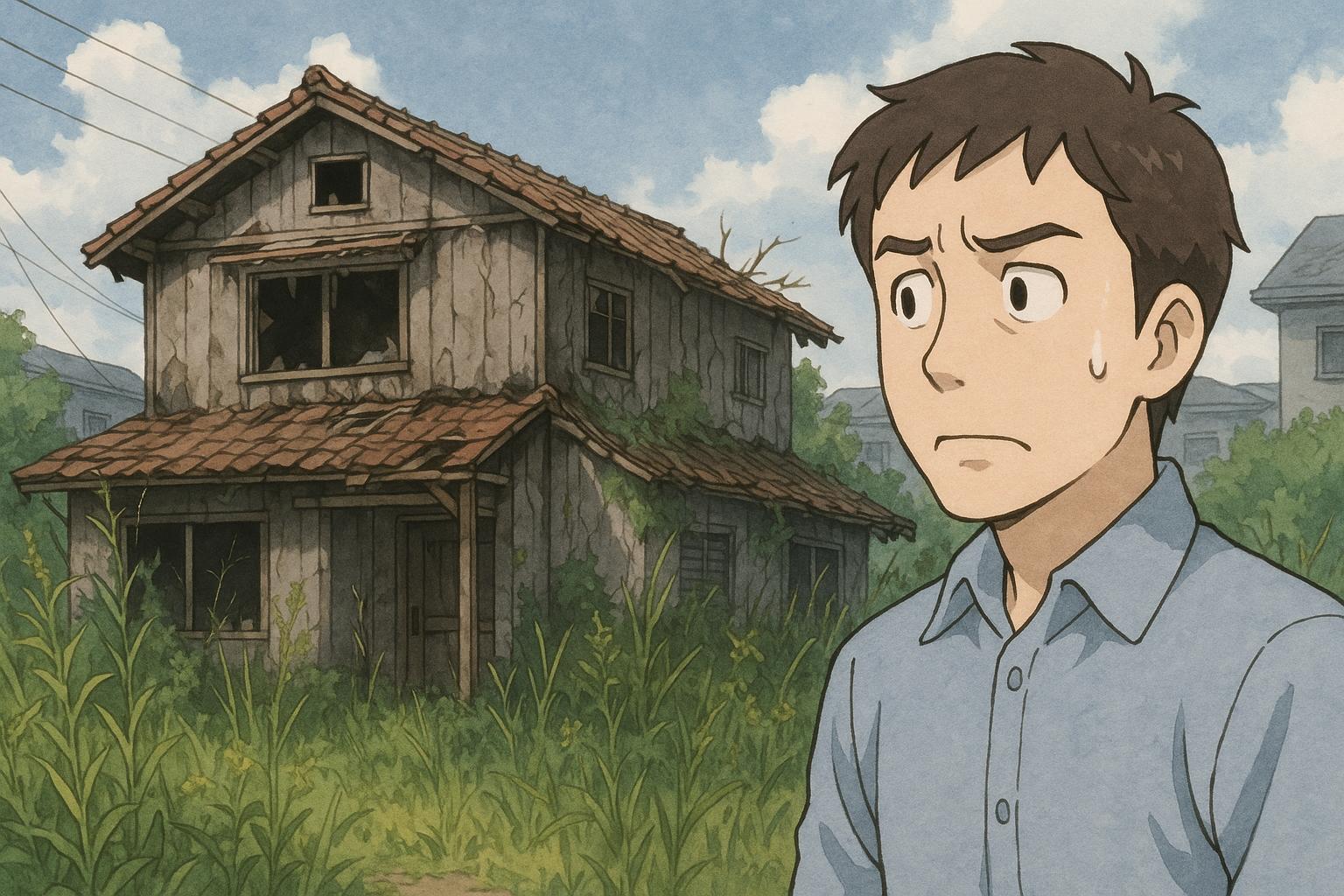Living near a neglected, empty house can dramatically devalue your property, potentially reducing its market worth by over £50,000. This alarming trend is part of a larger issue in the UK, where nearly one million homes are currently vacant, most of which have been unoccupied for more than six months. Data provided by the charity Action on Empty Homes reveals that, among these, 133,000 properties are tied to deceased owners. This issue has been exacerbated since the discontinuation of the National Empty Homes programme in 2015, which previously allocated funds to local councils aimed at mitigating the problem.
The rise in long-term vacancies has been striking; between 2016 and 2024, the total number of such properties has surged by 32%. In areas such as London and eastern England, the increases are even more pronounced, reaching 93% and 69%, respectively. Experts attribute this trend to a combination of factors, including an ageing population who leave behind homes that often require significant renovation, and a protracted probate system that allows properties to remain empty while ownership issues are resolved. Furthermore, there is a notable segment of property owners who, driven by investment motives, opt to leave their homes vacant without any governmental incentives in place to encourage occupancy.
The financial implications for homeowners adjacent to derelict properties can be severe. Depending on the level of disrepair, houses located next to such buildings could lose anywhere from 5% to 20% of their value, with the latter figure being particularly detrimental for properties that are already in poor condition. For instance, Jessica Risorto, a director at Redbrik estate agents, warned that extreme cases could render a property practically unmortgageable, particularly if structural issues arise due to neglect next door. As David Hollingworth from L&C Mortgages highlighted, mortgage lenders may flag concerns raised by valuers about potential decay emanating from adjacent derelict properties, making it crucial for homeowners to act decisively.
To combat the adverse effects of nearby vacant homes, residents are encouraged to engage their local councils actively. Many councils have resources aimed at tackling the issues posed by empty homes, which can include enlisting community help to trace owners or enforce remedial actions through statutory measures. This might involve reporting issues such as overgrown gardens, fly-tipping, or structural dangers to building integrity.
Involving local representatives can also escalate concerns; efforts to raise awareness through local MPs or councillors can amplify the issue. To pursue this further, homeowners might consider tracing the owners themselves, employing strategies ranging from informal notices to participating in services like the Land Registry to ascertain ownership.
Innovative solutions to address the problem of vacant homes have emerged, including services that facilitate contact with absent owners. Empty Property Hunters, for instance, harnesses a network of “hunters” who report unoccupied properties in return for a fee, further incentivising action. The company works to connect empty property owners with buyers willing to invest in renovations, thereby potentially revitalising neighbourhoods and restoring property values.
Real-life examples illustrate the impact of these efforts. One individual, Michele Kingzett, successfully identified an unkempt bungalow in her area and assisted in reconnecting the owner with potential buyers. Stories like hers highlight not only the potential financial gains for those spotting these properties but also the broader community benefits stemming from reducing the prevalence of derelict homes.
Overall, addressing the issue of empty properties necessitates a collective and sustained effort from local authorities, homeowners, and community members. The potential of empty spaces to either serve as lucrative investments or as blights on neighbourhoods underscores the urgency of implementing strategies to bring these homes back into active use. Ultimately, with nearly £200 billion worth of vacant properties sitting idle across the market, the need for comprehensive solutions to turn these liabilities into viable assets is more pressing than ever.
Reference Map
- Paragraphs 1, 2, 3, 5, 6, 7
- Paragraphs 1, 5
- Paragraphs 1, 5
- Paragraphs 2, 4
- Paragraphs 1, 6
- Paragraphs 5, 6
- Paragraph 1
Source: Noah Wire Services
